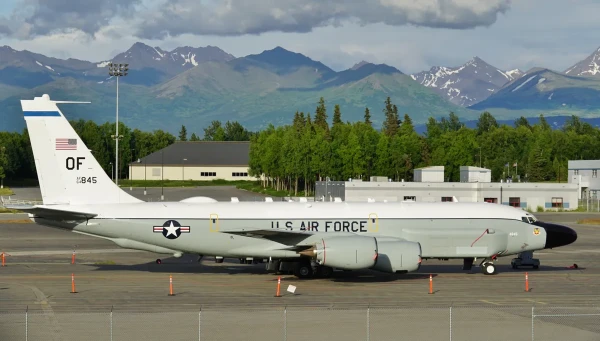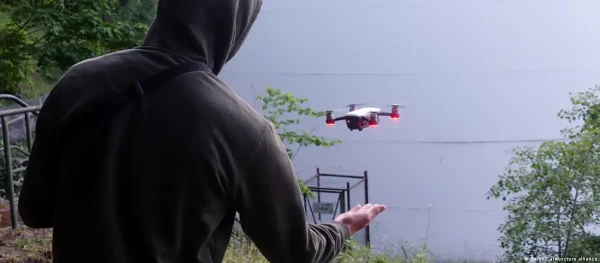
The latest — and seemingly the quietest — NATO operation Eastern Sentry has led to an unprecedented density of reconnaissance flights in the skies over Northeastern Europe.
From publicly available sources, experts from the defense information portal The Baltic Sentinel identified at least 257 reconnaissance flights during the first month of the operation.
Why Without Transponders?
"Radar traces appeared and disappeared; ovals formed in the cloud cover visible on meteorological maps, as if invisible horses were galloping on a racetrack in the sky...," writes The Baltic Sentinel. "Some reconnaissance aircraft participating in NATO's Eastern Sentry operation fly without their transponders turned on. In addition to serial numbers and aircraft owners, sometimes the call signs and routes of reconnaissance aircraft are concealed. 'If the flights are conducted only in the airspace of NATO countries, that is, not over international waters, national procedures may allow flights without a transponder,' explains former Estonian Air Force Commander Brigadier General (retired) Jaak Tarien."
However, civil air traffic controllers in NATO countries receive information about such flights and can manage them accordingly.
"The Russian Air Force, – the portal reminds, – also conducts flights without transponders outside its airspace, which poses a danger to international civil aviation. On September 12 — two days after 21 Russian drones invaded Polish airspace, and five days before three Russian MiG-31 fighters spent 12 minutes in Estonian airspace, which the world talked about for several days — NATO announced the Eastern Sentry operation.
Flying Spies
During the period in question, more than 20 different types of aerial reconnaissance platforms patrolled the northeastern NATO. The most 'strategic' reconnaissance aircraft monitoring Russia in the northeastern sector of NATO during the first month of the Eastern Sentry operation were the American Boeing RC-135 Combat Sent and its Royal Air Force counterpart Rivet Joint, which flew to the eastern Baltic from the British airbase Mildenhall.
According to the U.S. Air Force website, the RC-135 and its crew provide the President of the United States, the Secretary of Defense, and military command with strategic information and analysis of electronic reconnaissance. Built on a 70-year-old platform — the Boeing 707, they are capable of intercepting and analyzing a vast amount of signals transmitted across many frequency ranges.
What Flies Over Our Heads
In the first month of the Eastern Sentry operation, the Portuguese drone Tekever AR-5 could also be seen conducting reconnaissance of coastal and maritime areas of Poland. The Swedish Erieye reconnaissance aircraft, built on the Saab 340 platform and distinguished by its shark-like appearance — a large radar resembling a dorsal fin — also stands out visually.
American patrol aircraft P-8 Poseidon, in addition to hunting surface and underwater vessels, also perform reconnaissance tasks. In the first month of the Eastern Sentry operation, British, Norwegian, and American Poseidons made up to 41 sorties in the northeastern NATO zone. These aircraft are by no means unarmed — they carry torpedoes and anti-ship missiles, and these valuable flying fortresses are often accompanied by fighters.
Even higher than AWACS planes, at altitudes of 15–18 kilometers, fly the oddly shaped RQ-4 Global Hawk and its NATO version Phoenix — unmanned sentinels that can stay airborne for up to one and a half days and gather information over a large area.
















Leave a comment